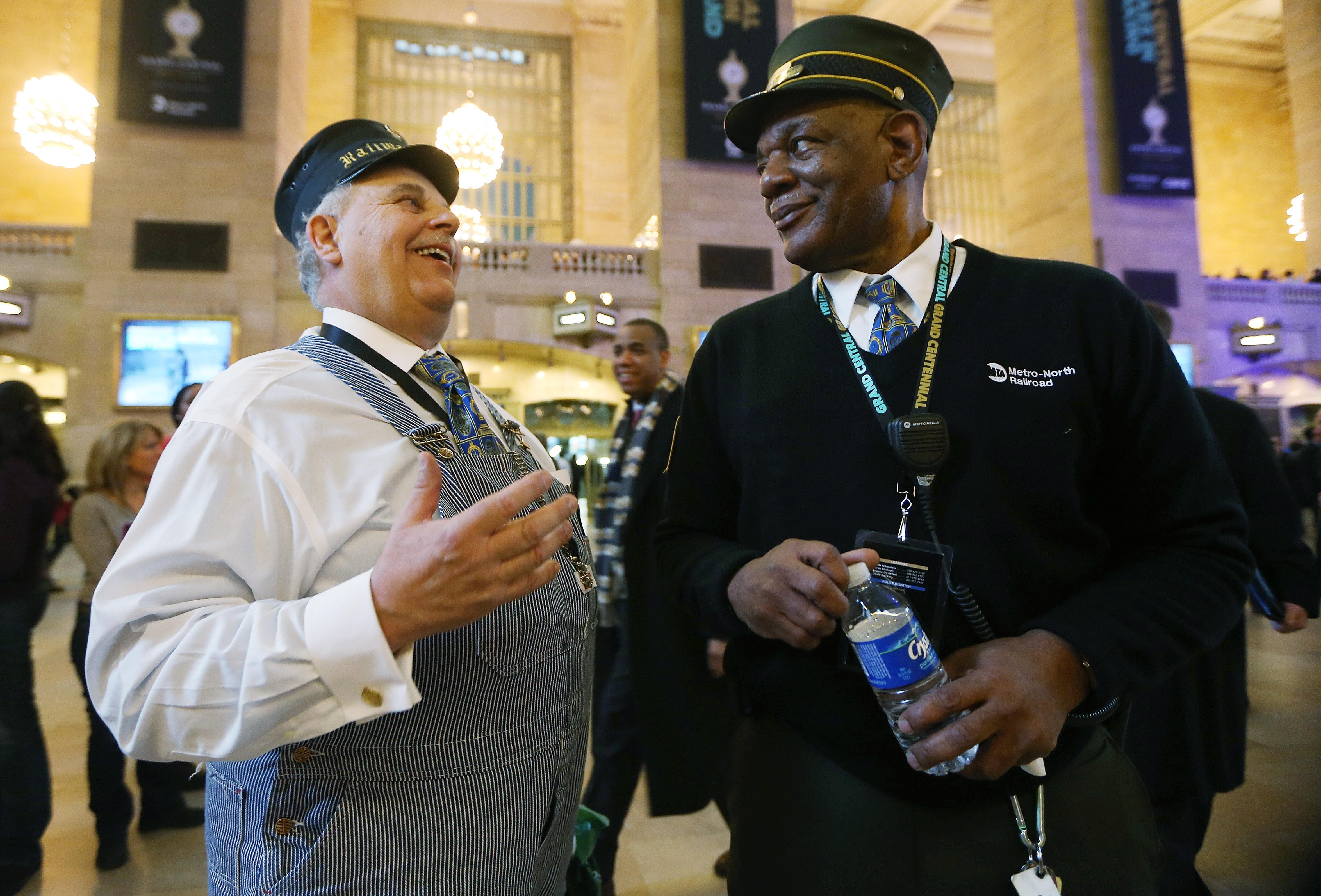The Brookings Institution is out with a new report about the rapid growth of intercity passenger rail in the United States (PDF) which since 1997 has grown much more rapidly than the population, than GDP, or than air travel. But the really interesting information is in the ridership figures. The Boston, New York, Philadelphia, Baltimore, and Washington metropolitan areas, for example, account for about 44 percent of total boardings and departures in the whole system. What’s more, the Northeast Regional and Acela Express routes that serve those cities (plus Providence, New Haven, Trenton, Wilmington, and a few others) generate enough operating surplus to offset the operating losses at all of Amtrak’s other short routes.
And then you have a whole bunch of huge money-losing long-distance routes that official national rail policy treats with kid gloves. The report euphemistically refers to these routes as serving a “geographical equity” goal, which is a polite way of saying it’s nonsense policy to broaden political support.
But I think the general moral of the story is pretty clear. In the main part of the country where people actually ride intercity trains and where intercity trains form an important part of the transportation infrastructure, we have operating profits. In a decent national rail policy, those operating profits could finance infrastructure improvements in the northeast corridor where rail is important and useful. Everyone knows that the Acela is a joke version of high-speed rail by European or Asian standards, and there’s a lot that could be done incrementally to improve that with upgraded rolling stock and targeted improvements to straighten tracks or improve tunnels and grade crossings. Instead we’re stuck in a dynamic where all these trains are running in places where nobody rides them and the local voters and elected officials aren’t supportive and Amtrak ends up sigmatized for its dependence on federal subsidies. But operating passenger rail where people want to ride intercity trains turns out to be perfectly viable without huge subsidies. And it could do a much better job of serving the needs of the communities where rail is useful and valued if those operating surpluses were used to cover infrastructure costs rather than soaked away covering operating losses elsewhere.
